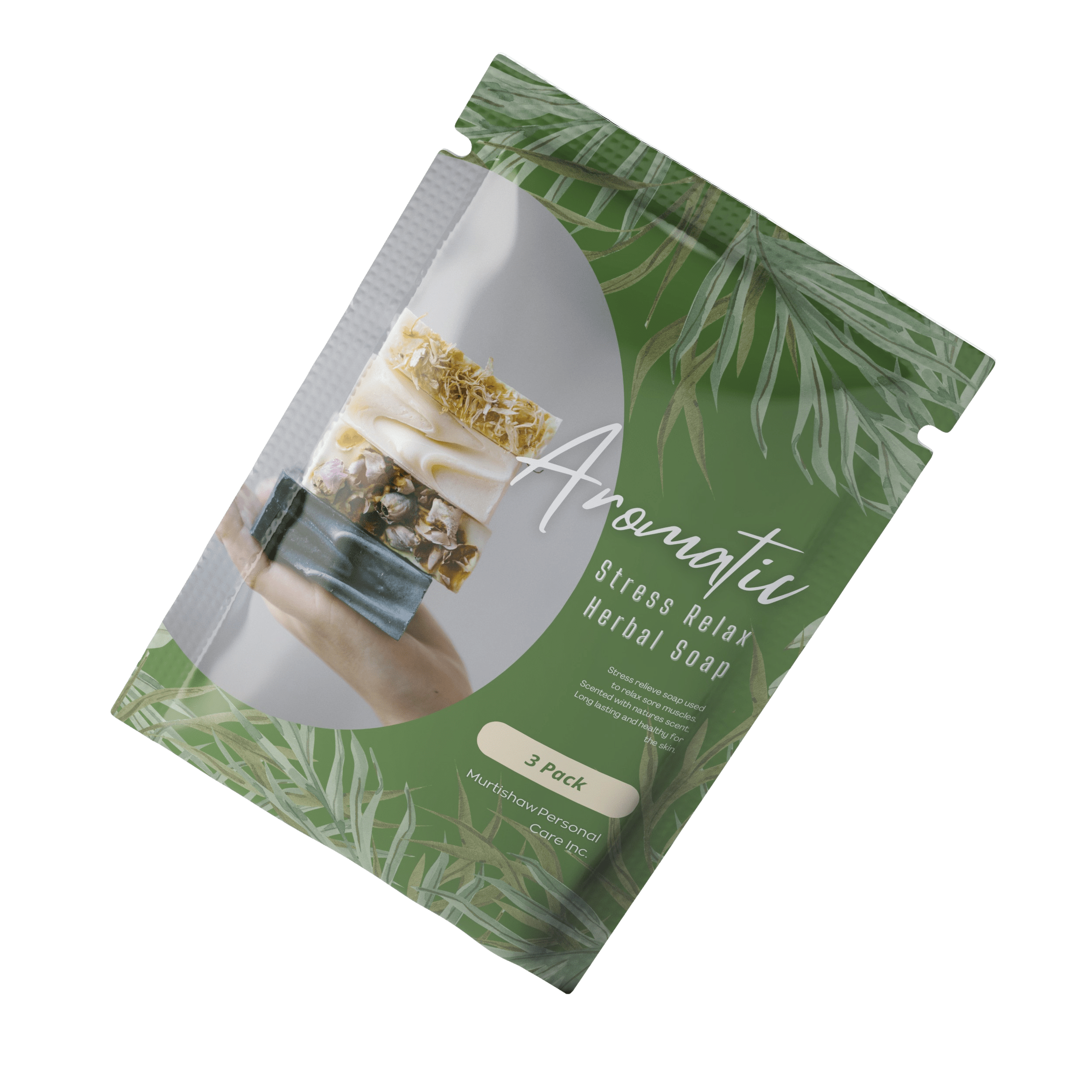
3-Side Sealed Pouches Explained: Applications and Features
3-side sealed pouches are a type of flat pouches, which consists 3
Home » Archives for brownpackaging » Page 50

3-side sealed pouches are a type of flat pouches, which consists 3

Packaging is an essential aspect of product marketing, and it can play

Minimalist packaging is a design trend that has taken the packaging industry
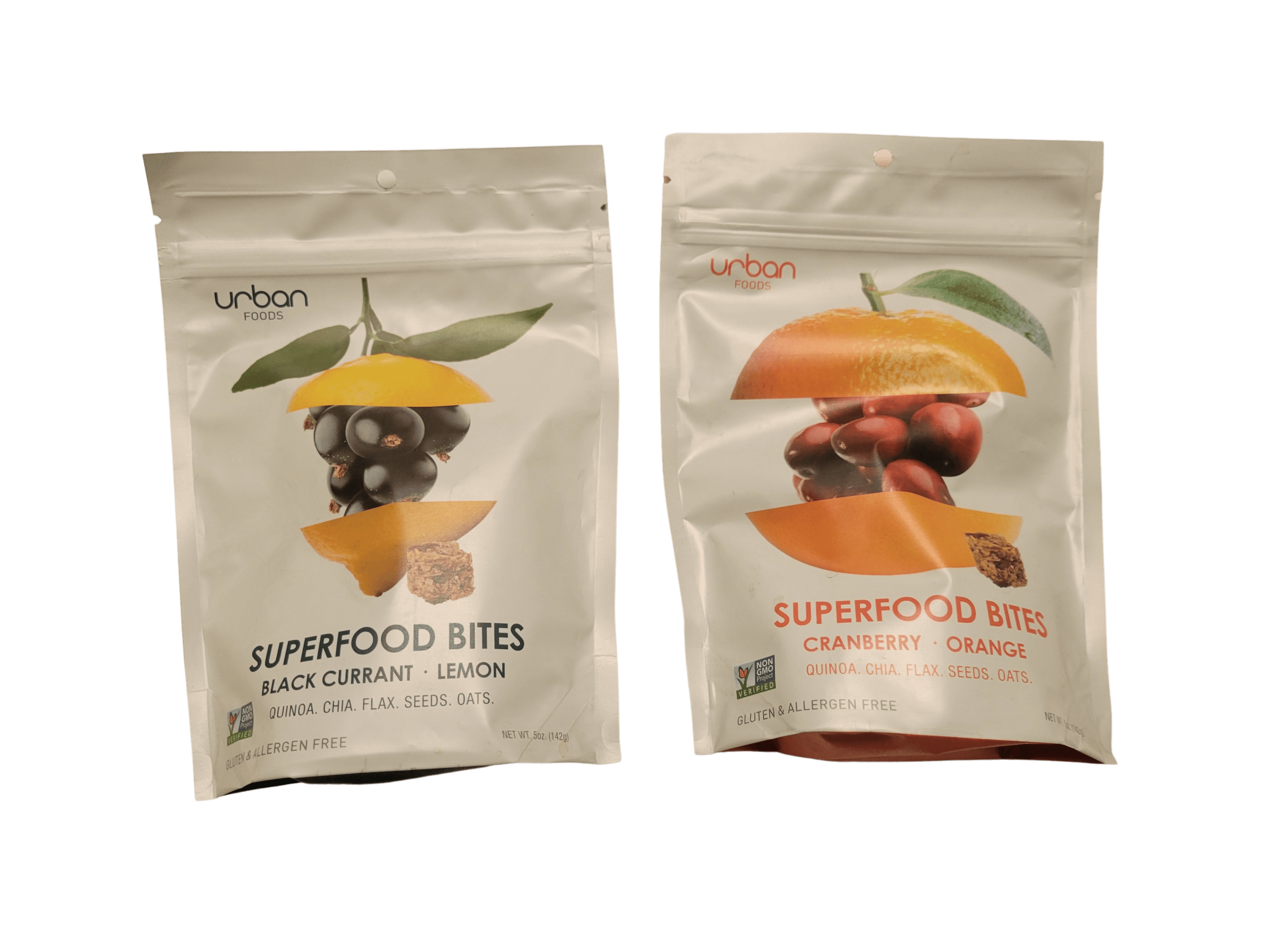
The packaging industry has undergone significant changes in recent years, with new

The increasing demand for consumer goods and the resulting surge in packaging
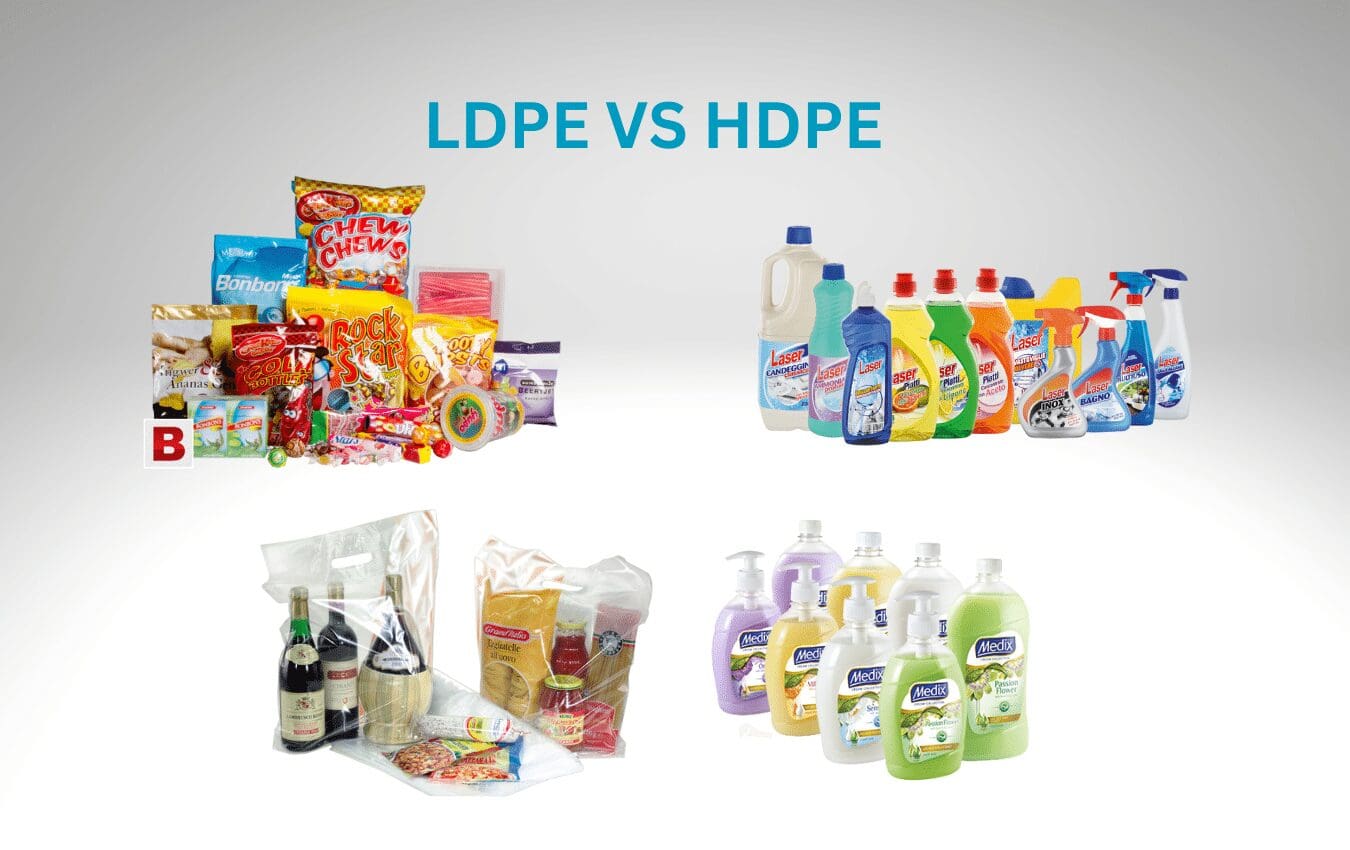
High density polyethylene (HDPE) and low-density polyethylene (LDPE) are both types of
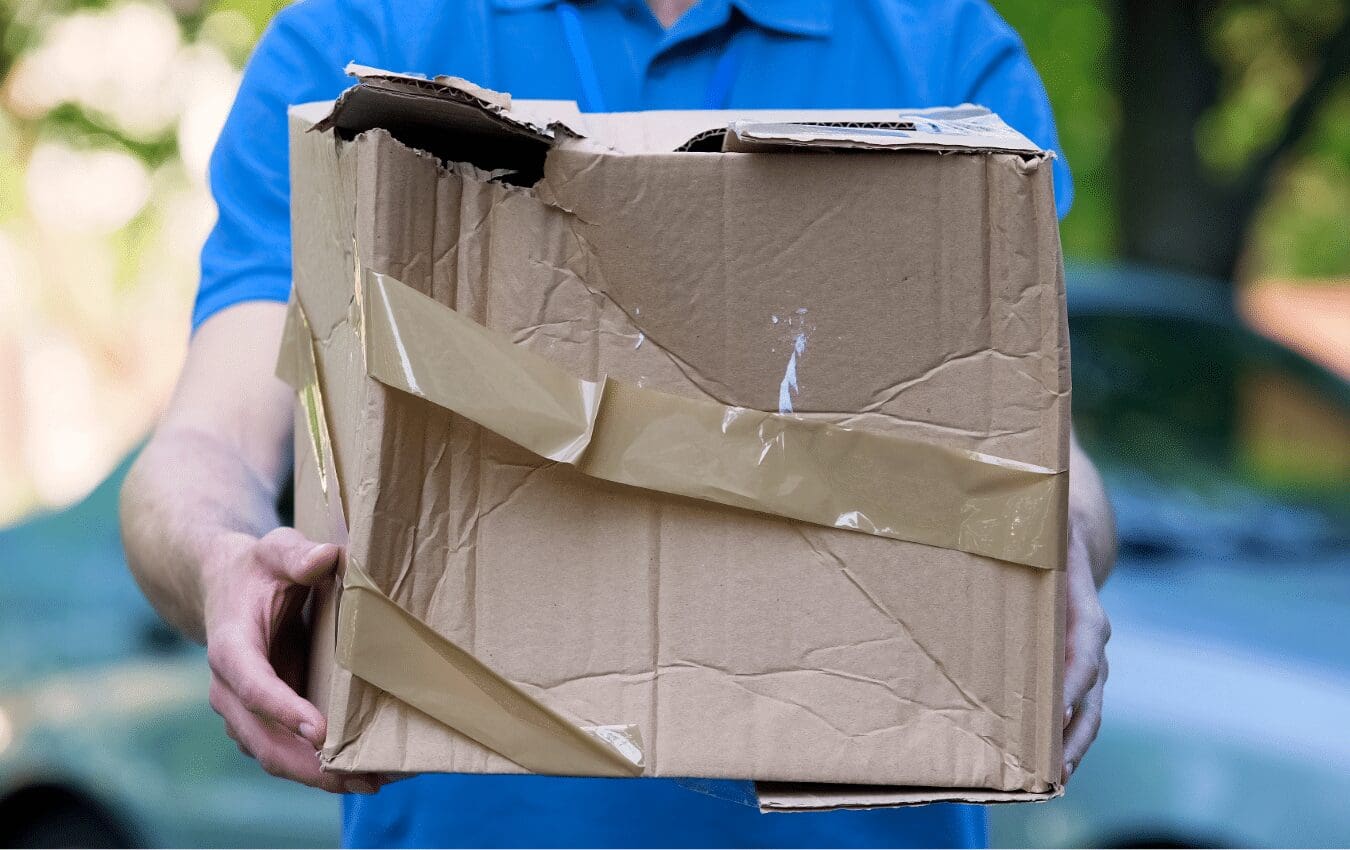
Corrugated Boxes are exposed to many different circumstances during packing, shipping and

Sustainability is growing momentum in 2023 for the packaging industry, as many
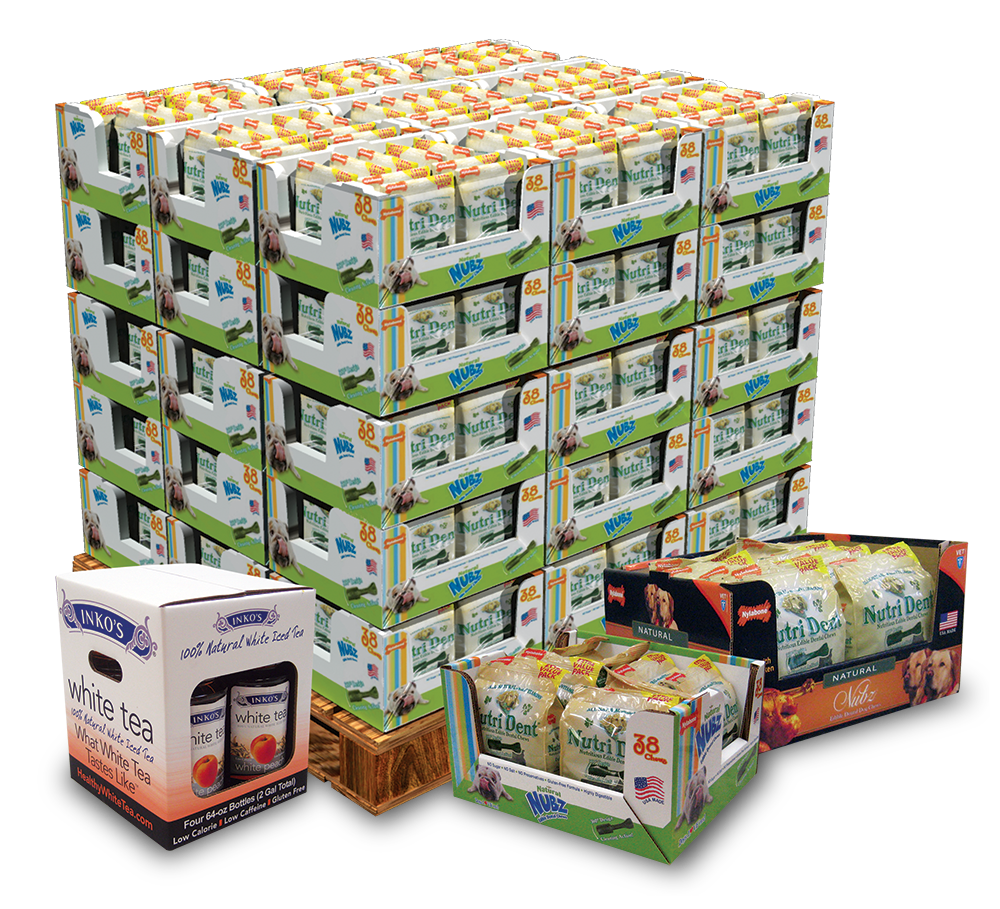
Point of Purchase (POP) displays are an effective way to promote products

Selecting the right packaging for your business is crucial to ensure the
With new tariff proposals and continued trade uncertainty, 2026 is shaping up to be another pivotal year for packaging sourcing strategy. Many companies that shifted
Following multiple rounds of tariff changes and trade policy adjustments, 2026 marks a turning point for U.S. packaging buyers. Many who previously transitioned from China
Shifting packaging production from China to the U.S. can help stabilize costs, reduce tariff exposure, and shorten lead times. But the transition process requires careful
RSC boxes are known for their efficiency and versatility, but their performance ultimately comes down to strength. Buyers often see numbers like ECT, BCT, and
In packaging, foam isn’t just about initial protection — it’s about maintaining performance over the entire shipping or storage cycle. Compression set and recovery characteristics
Pouches are a go-to for flexibility and convenience, but they can fail in critical ways—from poor seals to punctures and delamination—that hurt performance and brand